Last Updated on 23/04/2025
Kalimpong, in Darjeeling district, has the unique advantage of being centrally located. The fantastic views from all around, the breathtaking sight of Mt. Kanchenjunga, the surrounding forests with rich flora and fauna, and the people of this town provide a spectacular experience for travelers.
All major towns in this hill area—Darjeeling, Gangtok, Pelling, and Kurseong—are almost equidistant from Kalimpong. Siliguri is approximately 2.5 to 3 hours away. Lava, Loleygaon, Pedong, Rishyap, and Charkhol, which are picturesque and worth a visit, are located at a distance of 45 minutes to 2 hours.
Kalimpong is known for its educational institutions, many of which were established during the British colonial period. Kalimpong was a transit point for trade between Tibet and India.
The town is located on a ridge overlooking the Teesta River. Horticulture is a very important industry in Kalimpong. The town has a flower market and is notable for a wide array of orchids. Numerous nurseries export Himalayan-grown flower bulbs, tubers, and rhizomes. Kalimpong is also a religious center for Buddhists.
General Information
- Area: 5 sq. miles (Kalimpong sub-division)
- Altitude: 1,250 meters (4,100 ft) – Kalimpong; 1,704 meters (5,591 ft) – Delo
- Population: 169,663 (approx.)
- Climate:
- Summer: Max 27°C, Min 17.2°C
- Winter: Max 15°C, Min 7.2°C
- Rainfall: 20 inches annually
- Clothing: Tropical in summer and light woolen in winter
- Languages Spoken: Nepali, Bengali, Hindi, and English
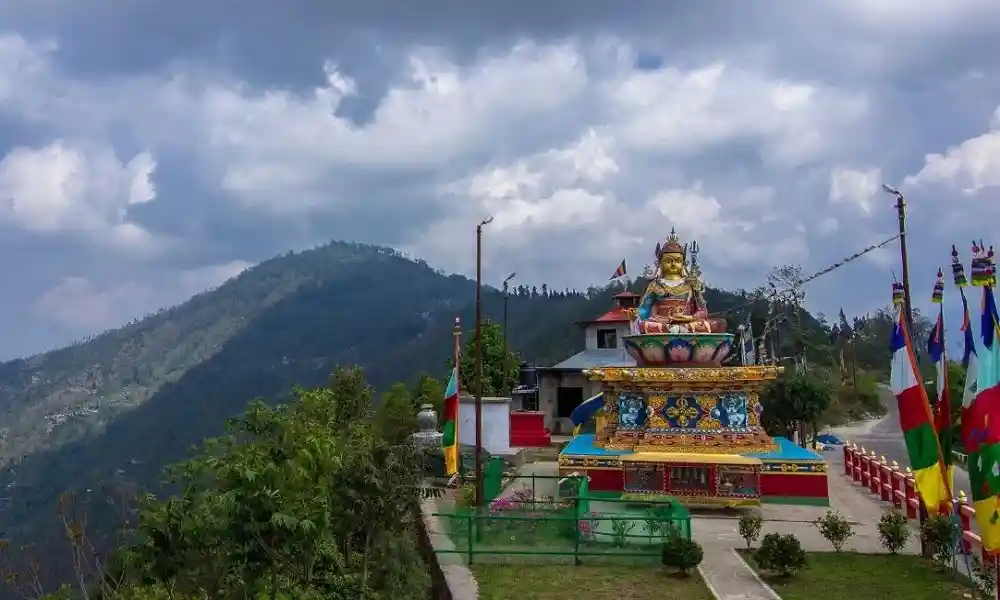
Climate
Kalimpong has five distinct seasons: spring, summer, autumn, winter, and the monsoons. The annual temperature ranges from a high of 27°C (81°F) to a low of 7°C (45°F). Summers are mild and are followed by monsoon rains, which lash the town between June and September. Winter lasts from December to February.
Traditions & Culture
The majority of Kalimpong’s population is of ethnic Nepali origin, many of whom migrated in search of work during British rule. Indigenous groups include the Newars, Lepchas, Bhutias, Sherpas, Limbus, Rais, Magars, Gurungs, Tamangs, Yolmos, Bhujels, Sunuwars, Sarkis, Damais, and Kamis. Other communities include Bengalis, Marwaris, Anglo-Indians, Chinese, Biharis, and Tibetans. Kalimpong is also home to Trinley Thaye Dorje, one of the 17 Karmapa incarnations.
Kalimpong is the closest Indian town to Bhutan’s western border and has a small number of Bhutanese nationals residing here. Hinduism is the predominant religion, followed by Buddhism and Christianity. The Buddhist monastery Zang Dhok Palri Phodang houses many rare Tibetan Buddhist scriptures. There is also a mosque in Kalimpong’s bazaar area.
Popular festivals include Diwali, Christmas, Dussehra, and the Buddhist festival of Losar. Nepali is the predominant language spoken in Kalimpong.
Flower Nurseries
The flower nurseries of Kalimpong specialize in the cultivation of exotic orchid species and other ornamental flowers, such as gladioli, gerberas, amaryllis, and anthuriums. The most popular nurseries include Pine View, Universal, Shanti Kunj, and L.B. Pradhan & Sons Nursery.
Arts & Crafts
Kalimpong is famous for its handicrafts. The artisans produce Tibetan and Bhutanese artifacts and jewelry, which are highly admired overseas.
Regional Products
- Tibetan shoemaking
- Silverware and statue making by Sakya craftsmen
- Bamboo products by the Lepcha tribe
- Bamboo stools (Murha) made by blind school trainees
- Tibetan wooden carvings
- Carpet making
- Woven bags
- Scroll paintings
- Thangka paintings
Food Culture
Food in Kalimpong is diverse, ranging from Nepali and Tibetan to Chinese delicacies. A popular snack is Momo (steamed dumplings made from pork, beef, or vegetables, wrapped in flour), which is served with a watery soup. Churpee, a kind of hard cheese made from yak or chauri (a hybrid of yak and cattle) milk, is sometimes chewed. A noodle dish called Thukpa, served in soup form, is also popular in Kalimpong. There are numerous restaurants offering a variety of cuisines, from Indian to continental, to cater to tourists. Tea is the most popular beverage in Kalimpong, sourced from the famous Darjeeling tea gardens. Some locally produced products include cheese and lollipops, introduced by Swiss missionaries.
For visitors, it is recommended to try homemade pickle available in the market at the Motor Stand in Kalimpong.
Adventure & Interest
Trekking in Kalimpong
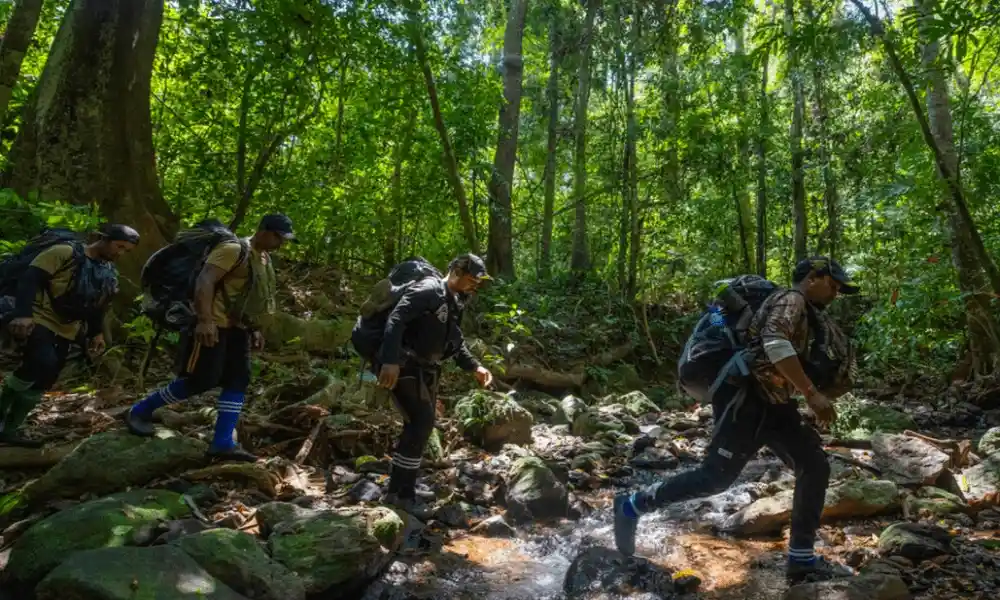
Most treks in Kalimpong are low-altitude, with trekking times ranging from 2 to 4 days. The average altitude ranges from 1,200 meters to 1,500 meters, and the average distance covered each day is about 12 km. These treks cover local villages around Kalimpong, primarily Tamang and Lepcha villages. Local traditions and food are part of the trek itinerary.
Rafting
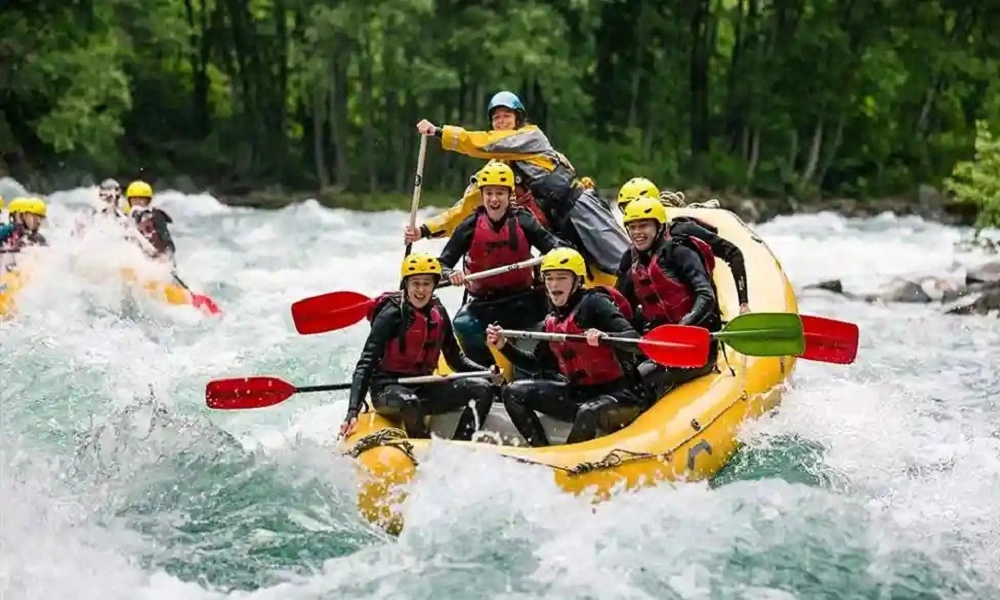
One of the most popular water sports in Kalimpong is rafting on the strong current of the Teesta River. The rafting usually starts from Melli and goes down to 29th Mile.
Paragliding
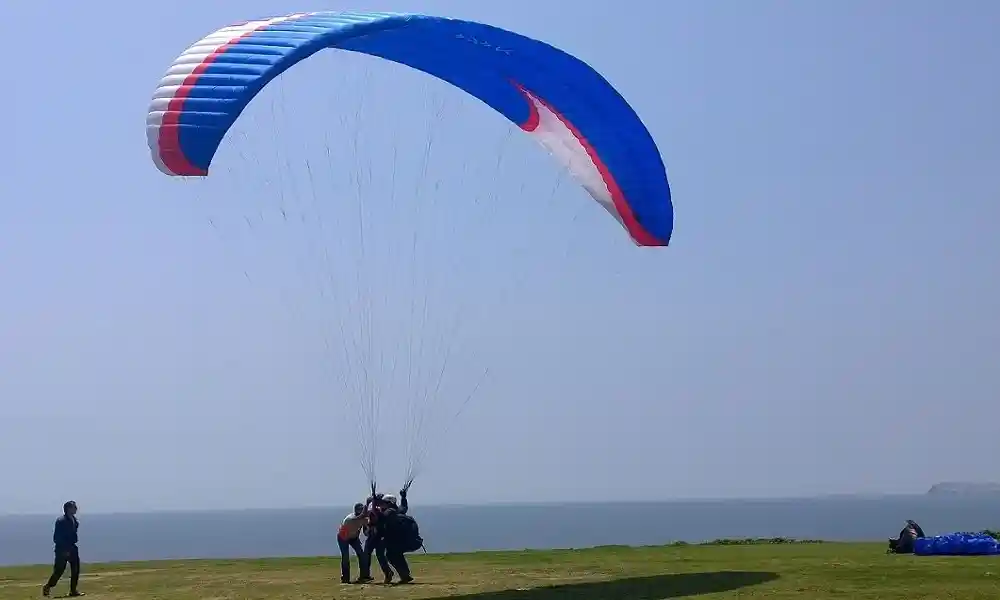
Paragliding is a fairly new sport introduced in the region. The flight path starts from the Science City on Delo Hill. This is the perfect way to get a panoramic view of the mountain range and Kalimpong.
Places to Visit
Zang Dhok Palri Phodang
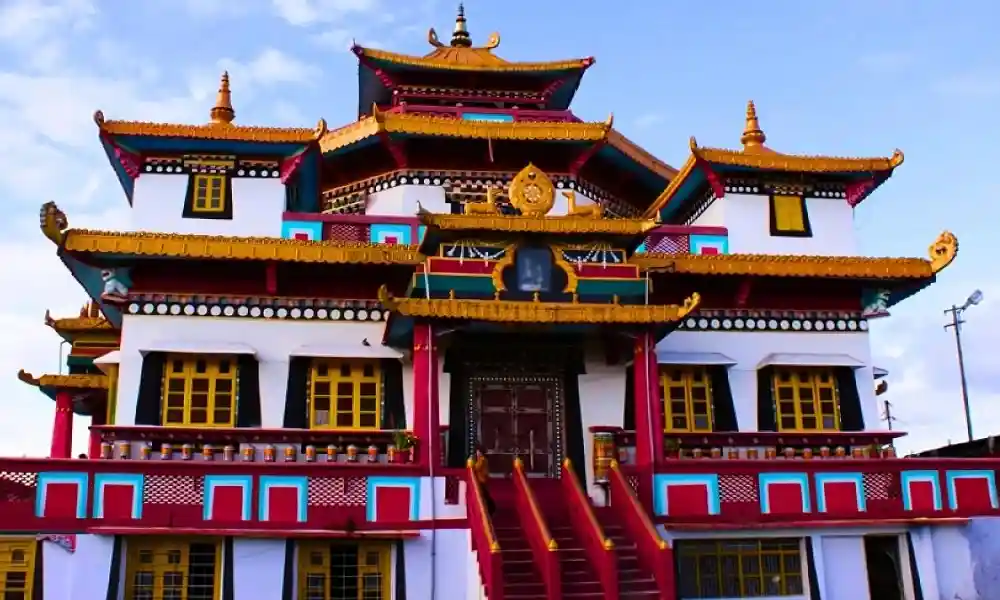
This is the largest and most beautiful monastery in Kalimpong, consecrated by His Holiness the Dalai Lama in 1976. He also presented the ‘Kangyur’, a collection of Tibetan Buddhist scriptures in 108 volumes, to the monastery. Situated at a height of 1,372 meters on Durpin Hill, it offers a majestic view of the surrounding areas as well as the town of Kalimpong. On a clear day, a panoramic view of Kanchenjunga and the adjacent peaks can be seen. Zang Dhok Palri Phodang belongs to the Yellow Hat Sect of Buddhism (Gelugpa Sect), to which the current Dalai Lama belongs.
- Getting There: A 20-minute taxi drive from the town towards Durpin Hill.
- Local Tips: Light a lamp in the monastery for blessings.
Dr. Graham’s Homes
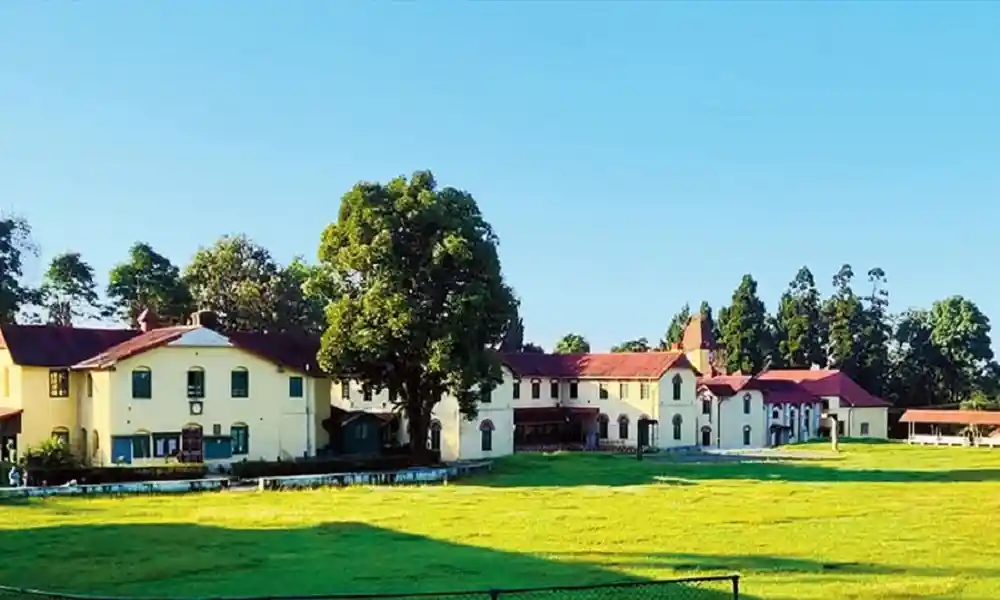
Dr. J.A. Graham, one of the earliest Scottish missionaries to come to Kalimpong, established an orphanage and school for Anglo-Indian children in 1900. The first cottages were built on the slopes of Tripai Hill, and gradually the area was converted into a township, with its own cottages, farms, chapel, hospital, bakery, playground, poultry, staff quarters, and hostels.
- Getting There: A 20-minute taxi drive from the town.
- Local Tips: Enjoy the view from Honeymoon Hill.
St. Teresa Church
Built by local craftsmen to resemble a Gumba (monastery), it has wooden carvings on the walls depicting Biblical scenes. The characters are shown in attire similar to that of Buddhist clergy.
- Getting There: A 10-minute walk from the main town center towards Relli Road.
Mangla Dham
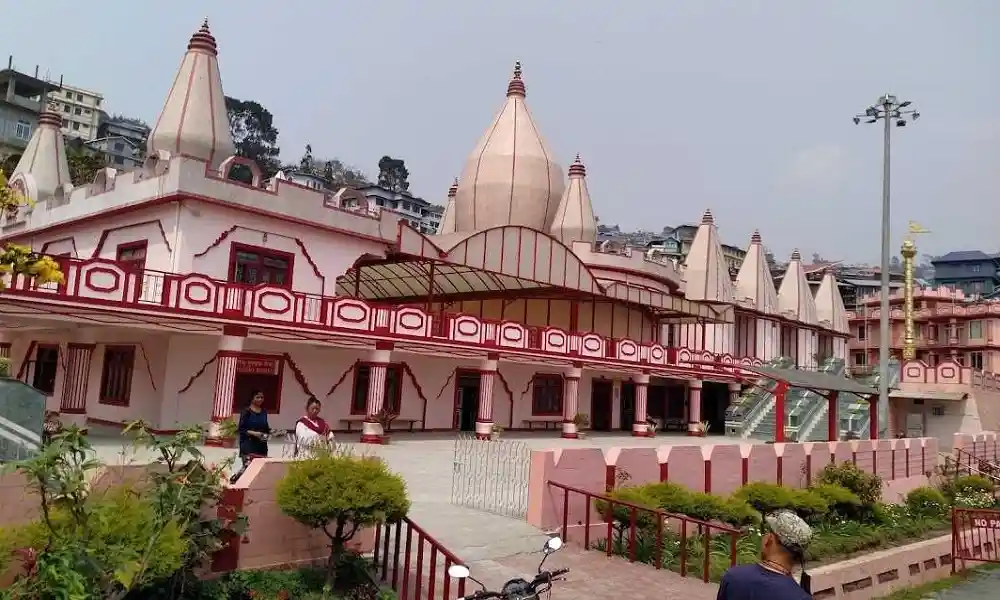
This recently constructed temple is dedicated to Lord Krishna and is located below Sewa Sadan Hospital at the 10th Mile.
- Getting There: A 15-minute walk from the town center.
Dharmodaya Vihara
Dharmodaya Vihara is a Nepalese Buddhist temple located just outside the town. In 1944, when the Rana rulers expelled Theravada Bhikkhus (monks) from Nepal, they traveled to Sarnath with many followers. An association was formed, and the Elza Villa was purchased and converted into a center for the preaching and advancement of Theravada Buddhism. A library containing rare books on Buddhism and other subjects was established in 1949 for the benefit of local people and scholars. Dharmodaya Vihara has become an important center for Buddhist scholars from around the world.
Charkhol
Located 25 km from Chuikhim via Nimbong, Charkhol can also be reached from Kalimpong to Rishikhola and Pala, covering a travel distance of 34 km. Homestays are available in Charkhol, and the place offers a stunning view of Mt. Kanchenjunga when the sky is clear.
Rishi Khola
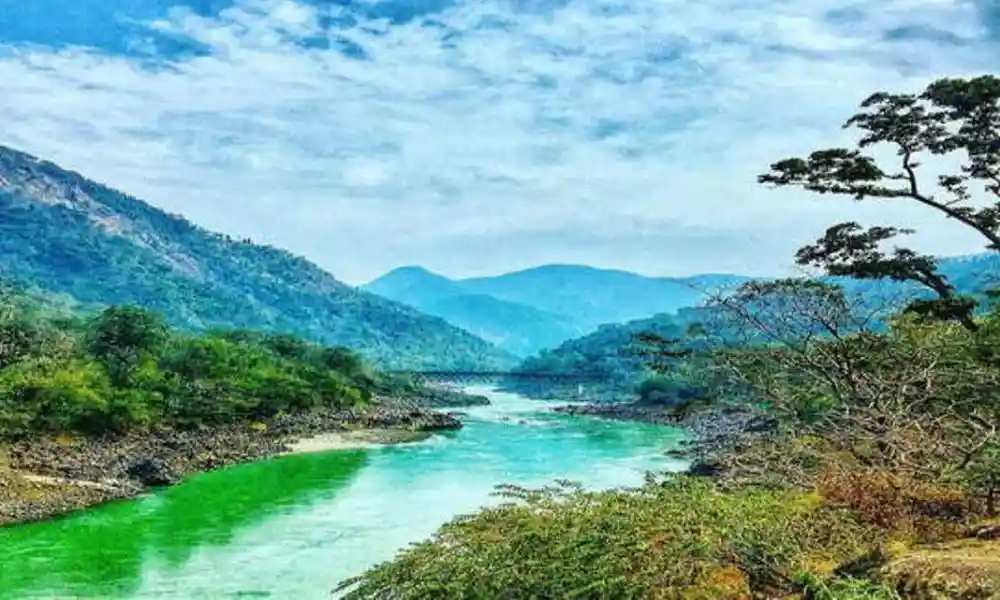
14 km away from Pedong, Rishi Khola is a beautiful river. The farmhouse on the banks of Rishi Khola also marks the border between West Bengal and Sikkim. Tourists can spend the day fishing, trekking through the village, or enjoying a riverside picnic. There are also riverside resorts where visitors can stay overnight.









 Call
Call WhatsApp
WhatsApp Enquiry
Enquiry